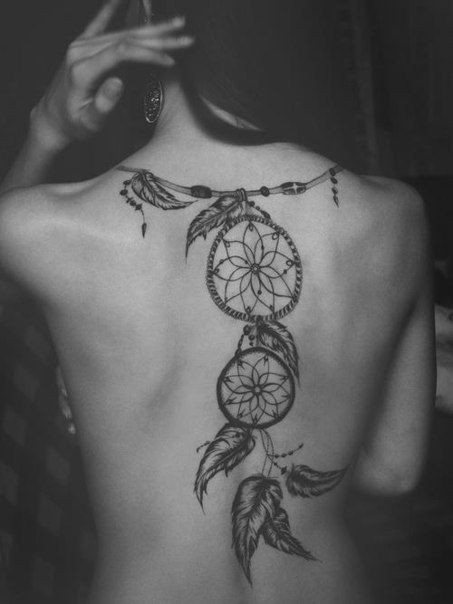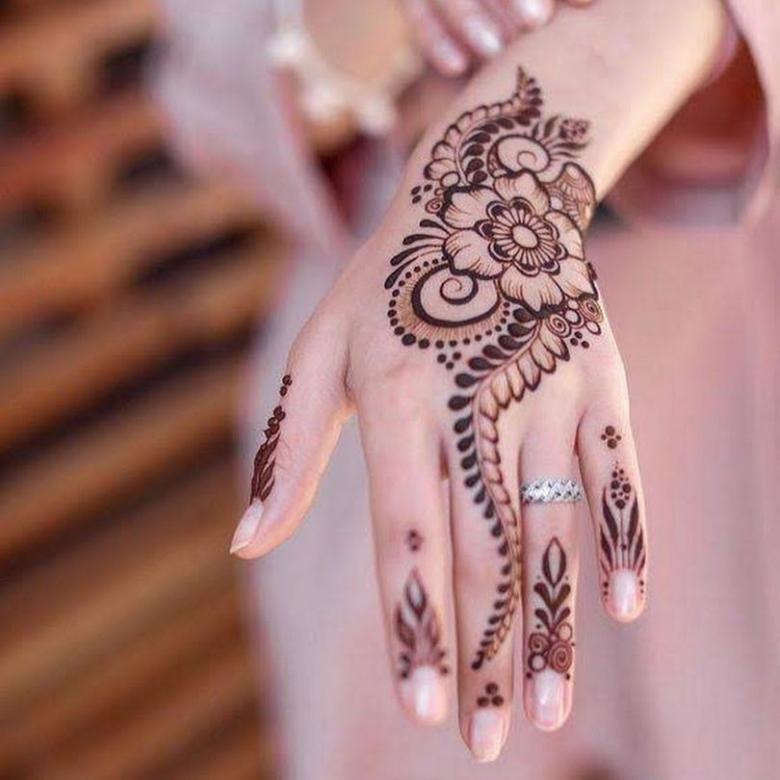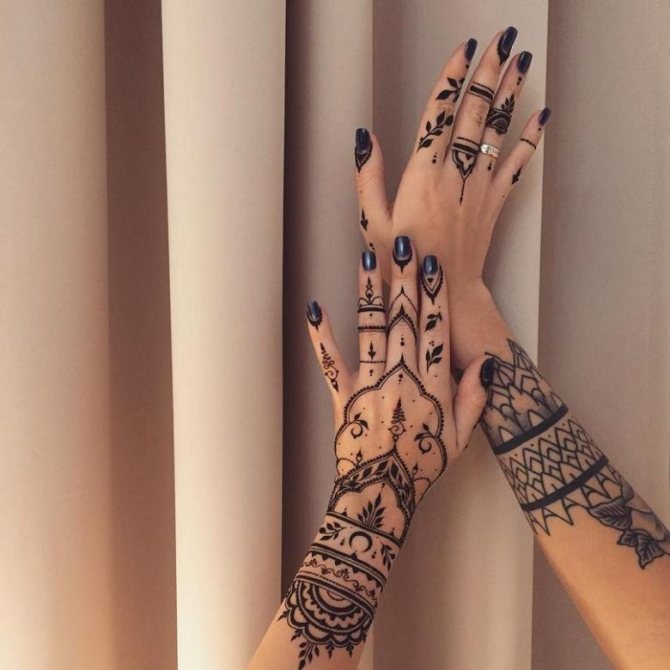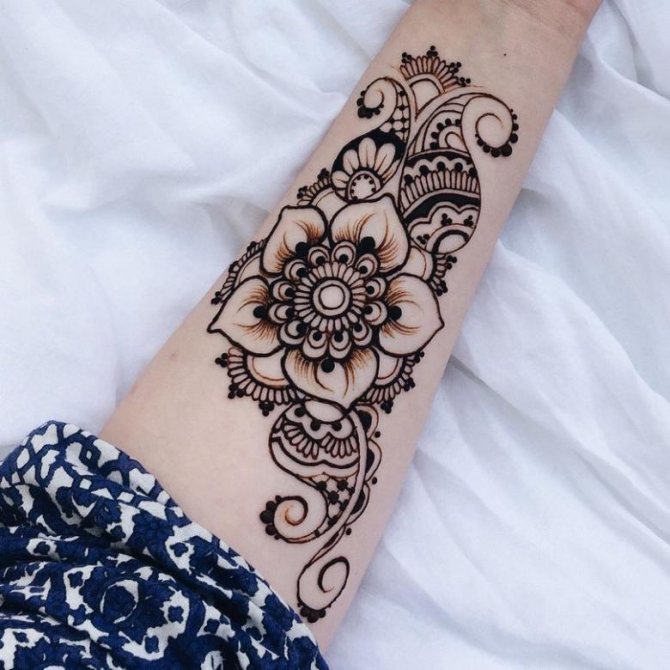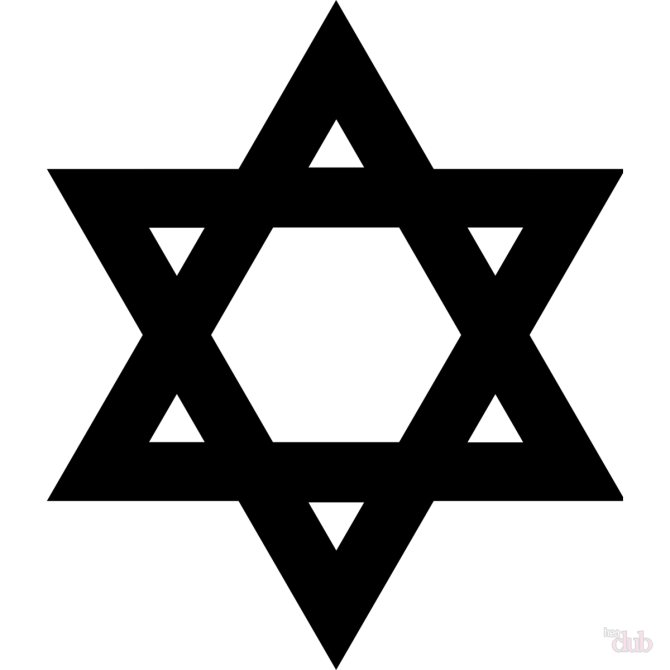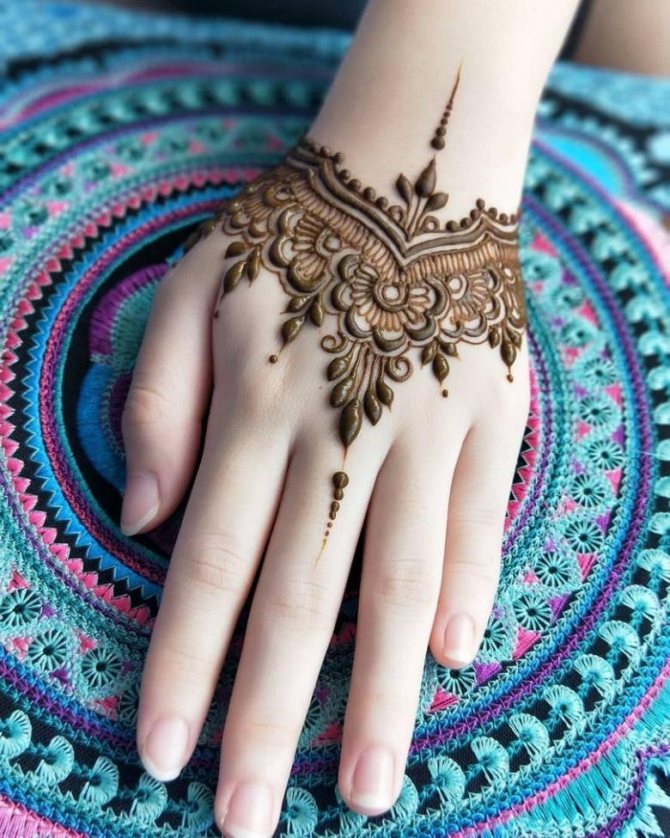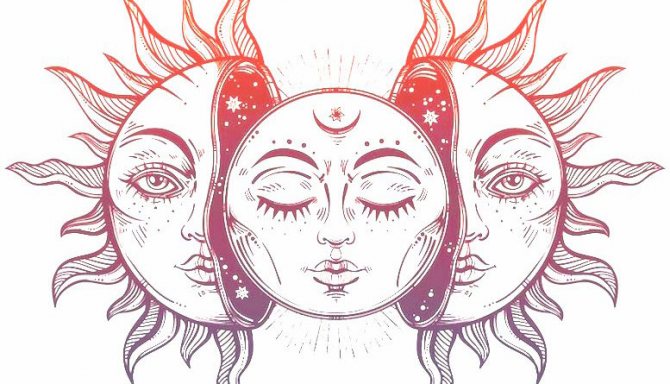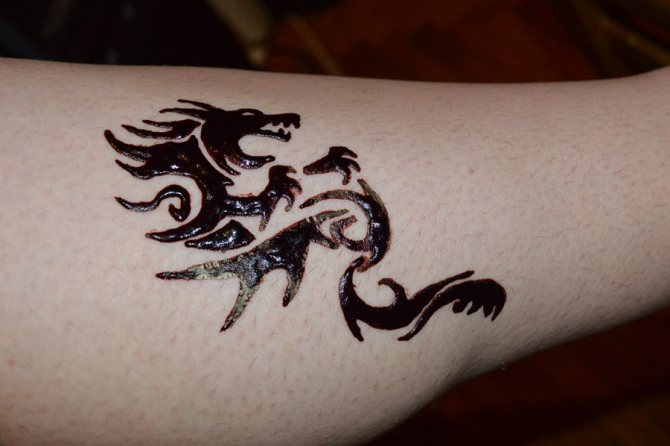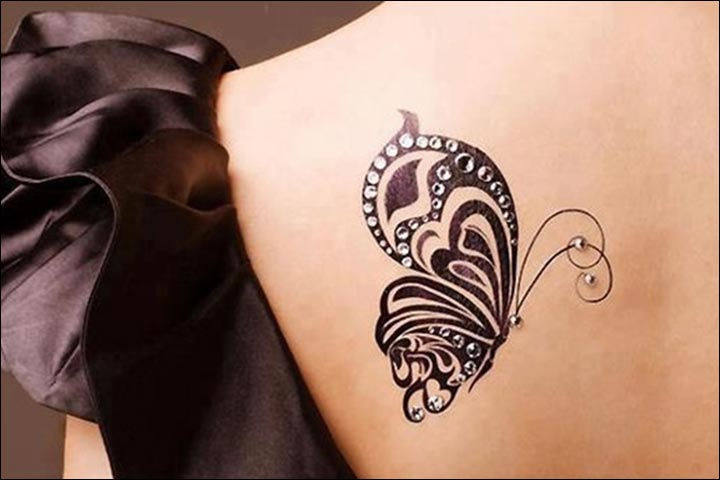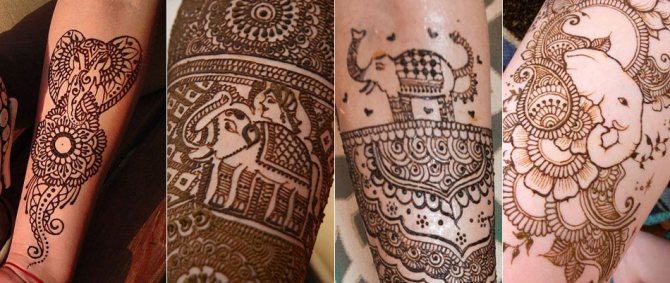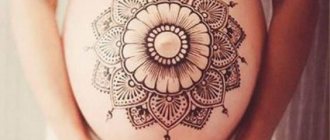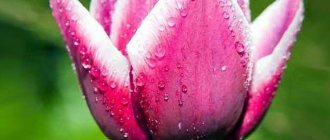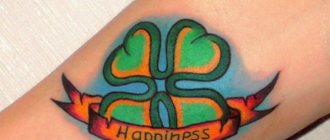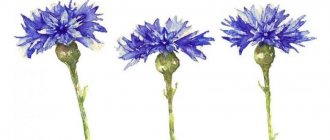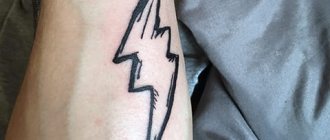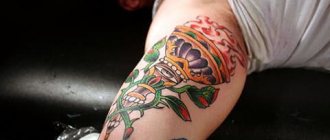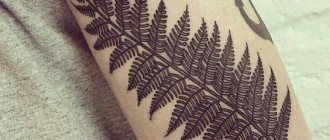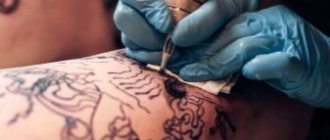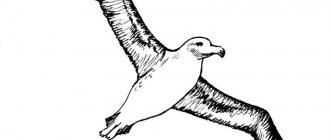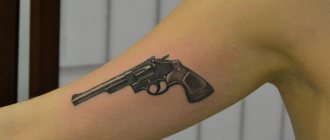In today's world it is difficult to find a person who would not like to do a tattoo. But still dare to take this step can not everyone, as it is applied to a lifetime. A great alternative - to make a beautiful henna tattoo. In its beauty such an image is not inferior to the classic versions of the tattoo, but it lasts only a few weeks. In addition, you can even do it at home.
What is mehendi
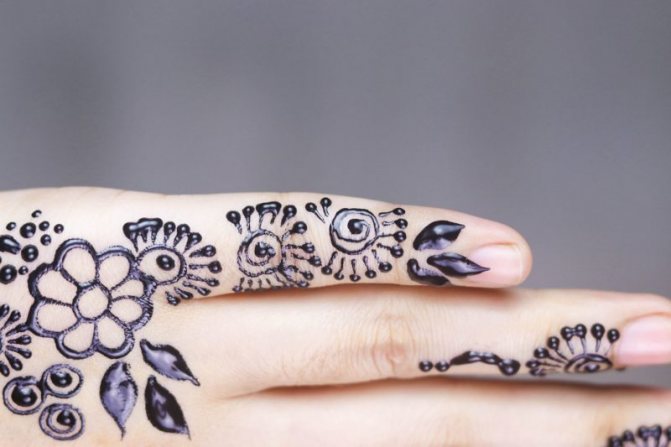
Mehendi is the application of temporary tattoos on the skin using henna. Unlike regular tattoos, mehendi does not require any piercing and only lasts for 2-3 weeks. Classic painting involves the use of natural henna and oil for fixation.
To facilitate the creation of the pattern, special stencils on an adhesive basis are used - even those who do not know how to draw can use them in mehendi painting.
The drawing ranges from pale to rich brown depending on the density of the skin on the applied area and the exposure time of the dye. The thinner the skin, the lighter the drawing.
Emerged such a technique of painting back in the Paleolithic. At that time, tribes applied patterns on the body to protect themselves from evil forces or to show their belonging to a particular group. The most widespread mehendi drawings were in the eastern countries - Egypt, India and Babylon. In the 19th century, henna paintings also broke into Europe, but they did not take root - it was not easy to apply the pattern, and it did not last long.
Several years ago painting appeared in Russia as well. In contrast to European countries, the Russians with great pleasure "tried on" an unusual oriental novelty. There are four types of mehendi patterns, which determine their belonging to a particular culture:
- Moroccan painting characterized by geometric and abstract floral patterns;
- Arab is associated with floral themes. The pattern is based on a single large flower or a scattering of small ones;
- Indian. It is the most versatile, because it includes all possible variations of painting - geometry, flowers, lines, animals;
- Asian . Similar to Indian painting, but includes a full coloring of fingertips.

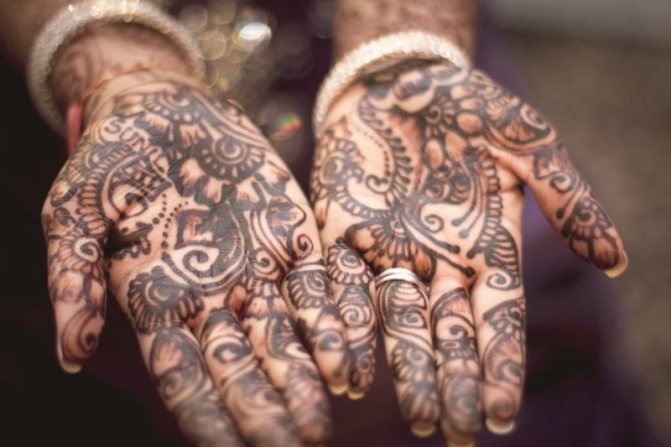
Mehendi painting is applied on:
- handsOn your hands and all the way from your fingertips to your shoulder;
- legs The top side of the foot and calves are the most common;
- back - Drawings are placed between the shoulder blades or cover the entire back with henna.
The choice of location is determined not only by the desire of the client of the beauty salon. In places where the skin is in constant contact with clothing - rubbing against a T-shirt or shorts, mehendi is worn less, so it is better to choose places where the skin is not exposed to constant friction.
People who believe in the sacred meaning and symbolism of the applied to the body drawings, assure that the pattern should be chosen not by its appearance, but by its meaning - otherwise, you can provoke the anger of the higher forces.
Let's see some popular patterns and their meanings:
- dream catcher. Symbolizes magic, magic. Suitable for creative people with unconventional thinking;
- dragon. Recommended to portray the dragon for men, as it demonstrates dignity and willpower. Other meanings include hidden abilities and skills to create new things;
- unicorn - Calm and balance. Suitable for people with unstable emotional background and frequent mood swings;
- tiger For men with a strong character and the ability to achieve their goals. It has an ambiguous meaning - on the one hand perseverance and determination, on the other - anger and rage;
- the sun - faith and purity. A universal image for both sexes and especially for those who want to find new knowledge and feelings;

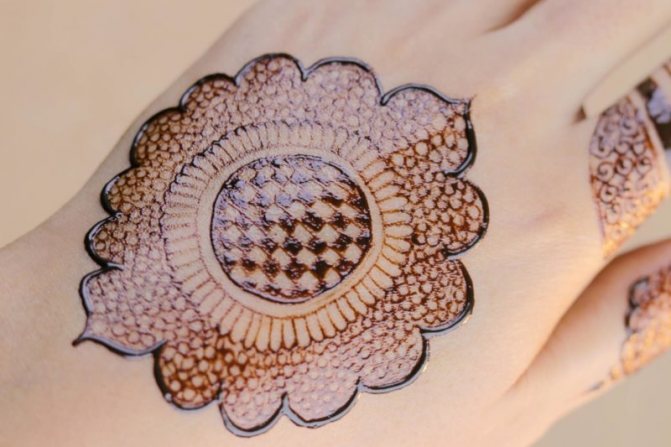
- abstract geometry.. The meaning of the tattoo changes depending on the figures used. Square - balance, triangle - unity with higher forces.
The hidden meaning of color for manicures: solving the mysteries of the character and choose a color
If there are questions about other images, not specified in the list - write in comments. We will find, decipher and tell you.
Let's get away from symbolism and get back to fashion. Mehendi is making a comeback as soon as voluminous winter clothing takes its place in the closet. Spring and summer are the peak of henna painting popularity and this year will be no exception. If your salon or office does not have such a service - you still have time to prepare for the surge.
What Mehyendi as a service gives to a beauty salon and a manicurist:
- A trendy service and an expanded range of services. By adding mehendi to your price list, you'll show that you're following fashion trends and are always on trend;
- extra income. The cost of painting mehendi varies from 300 to 2000 rubles, depending on the complexity and size of the picture. Mehendi can be performed after covering with gel polish, thereby increasing the check.
Extending the services of the nail salon with original spa treatments
Painting advantages and disadvantages
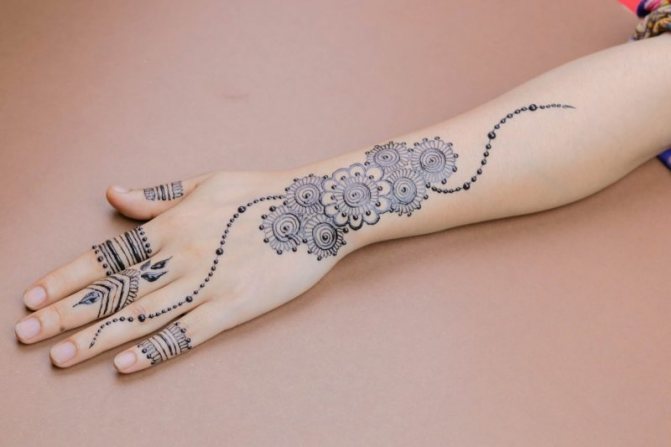

Advantages
- low allergenicity. If the paste for painting is prepared from natural henna and quality oils, the risk of allergy is minimal. That said, still conduct an allergy test before you apply the pattern;
- Camouflaging ability. With the help of henna you can hide birthmarks, birthmarks and scars, which makes mehendi painting indispensable for some special occasions;
- painlessness. The procedure does not cause any unpleasant sensations except a slight tickle;
- no consequences. After henna the skin does not need to be restored, and you can change the pattern as soon as the previous one comes off;
- positive effects on the quality of the skin and the body in general. Natural henna has bactericidal properties, accelerates wound healing and reduces the intensity of headaches.
Disadvantages
- short-lived. The wearing period of mehendi painting is 2-4 weeks. The maximum time of a month can be achieved, if you follow all the recommendations for wearing the pattern;
- limited choice of colors. Classical painting implies the drawings in brown shades and black color. Still use paints for body art, but it is no longer mehendi;
- the drawing needs constant care. For specific steps on how to save a pattern, see the section on "Caring for the Pattern".
Tips for drawing
Recommendations for obtaining a beautiful and durable image:
- Before drawing, it is desirable to make a skin scrub to free it from dead particles;
- You can also remove the hair (this will make it easier to draw Hindi, especially for beginners);
- it is advisable to start the ornamentation with the main lines and then move on to the fine details;
- for self-expression, you can create individual hindi or templates with images;
- When using a stencil, it should be removed only after the paste has dried;
- the elements that make up the drawing should be honed on paper; the movements become habitual and confident; as a result, the ornament is clear and even;
- it is impossible to apply a drawing on the same place more than 2 times a month;
- It is not recommended to sunbathe before painting (at least 24 hours);
- A toothpick can be used to draw thin elements;
- If the ornament is located on the hands, it is recommended to wash the dishes with gloves.
Applying mehendi requires certain skills, especially for complex sketches. But even a beginner, if desired, can cope with a simple mendi. With practice comes skill and you can choose more intricate designs.
Step by step instruction on the application
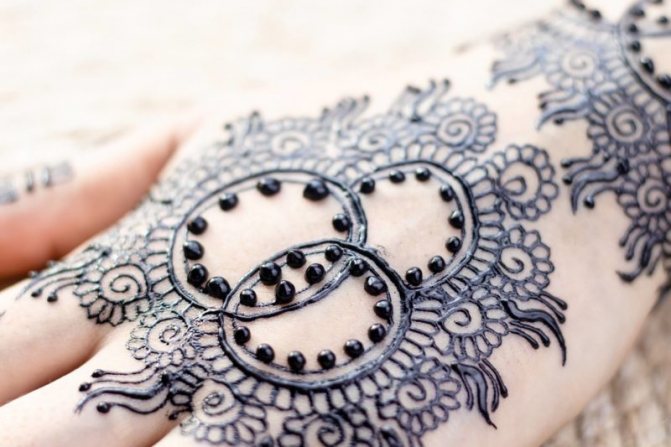

These instructions will be suitable for implementation at home, as well as for manicurists who have decided to introduce a new service this spring.
Necessary materials and tools
- henna. You can prepare the paste yourself, but it is easier and better to buy ready-to-use henna for mehendi. It comes in small tubes with a narrowed spout. As an alternative, you can use jagua gel. It is also a natural dye made from fruit juice. Masters of painting say that it holds up better and is less likely to cause allergies. The color of the painting is dark blue-black;


- oil. Oil is used to fix the pattern. It is possible to use olive or coconut oil, or a special oil for mehendi painting. See examples of products at the end of the article;
- lint-free cloths For blotting the pattern;
- skin cleanser - gel, lotion;
- antiseptic for disinfecting and preparing the skin for application;
- scrub for removal of keratinized particles from the area under the drawing;
- Stencil with the desired mehendi pattern.
Preparation stage
- Examine the area where the pattern will be located for any unwanted hairs. If there are, you need to depilate. First, the hairs will be colored with henna and will retain their color after the pattern is washed off. Second - the hairs prevent the paint from penetrating;
- Do an allergy test. Apply a small amount of paint to your elbow bend and wait 10-15 minutes. If there is no reaction, you can paint;
- Scrub your skin to remove dead skin particles, wipe it with a cleansing lotion and apply an antiseptic.
Painting
- Carefully peel the backing off the stencil. It is important to do so slowly, so the small elements do not tear and spoil the pattern;
- Glue the stencil tightly to the skin;
- Take off the protective film from the top, just, again, make sure that the small pieces don't stay on the film;
- Fill in the pattern with henna. The dye is applied in a thick layer - the thicker it is, the darker the pattern will be.
Final step.
- Wait for the paste to dry. This takes anywhere from 30 minutes to several hours, depending on the paste manufacturer and the thickness of the layer. For the exact time, see the instructions for the paint. You can determine the drying by the appearance of the henna - if the paint has begun to crumble and crack, then the stencil can be removed and the paint removed
- If you want to wear your mehendi as long as possible, use a spatula, the flat end of an orange stick, or other handy materials to scrub off the paint. If the henna is washed off, the drawing will wear a little less;
- Use a cloth soaked in oil to dab the pattern, to consolidate the result, and make the pattern more saturated.
The final color of the pattern will appear within the next 40 hours.
Manicure by feng shui: energy in the service of nail art
Application process
Apply henna, which is a paste, can be by means of a special cone. The nose is held over the surface of the skin, and the pressure on the tube occurs smoothly. If it is difficult to make an image at once, based only on imagination or a visual example, then you can use a stencil. To get a bright picture, the henna should be applied in two stages. First, you need to let the first layer dry, and then proceed to the second one. The ornament dries completely within eight hours. It is not recommended to wet the treated area during the day. As soon as the pattern dries, wipe off the top layer. And the area itself, be it shoulder, neck or hand, lubricate with oil, which will act as a fixer. The main color will appear on the second day.
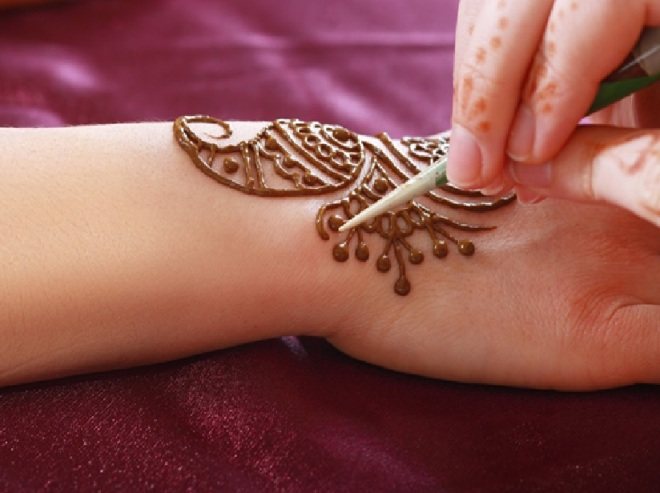

Care of the picture
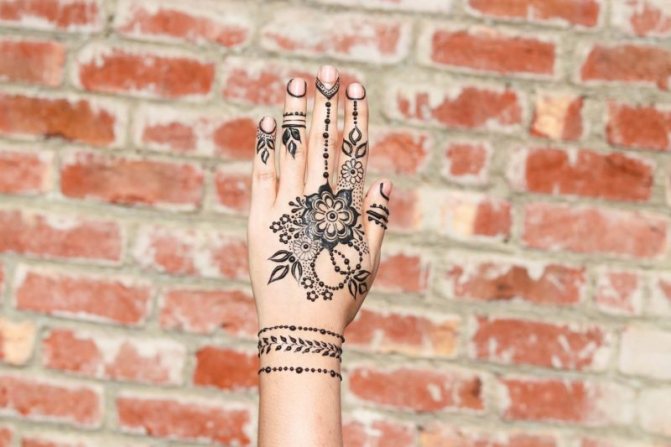

- After removing the paint for 8-10 hours avoid contact of the drawing with water, and on the following days try to reduce the exposure to moisture to a minimum. Nothing will happen to the pattern from a trip to the shower, but several hours of swimming in the sea shortens the term of the wear. The list of "contraindications" also includes baths and saunas;
- Painting is susceptible to household chemicals. When painting on brushes - be sure to wear gloves when washing dishes or cleaning;
- do not scrub with a washcloth;
- choose your skin care products carefully. Creams, lotions and tonics with alcohol in their composition will quickly remove henna from the skin;
- moisturize your skin to slow down the formation of keratinized cells. The detached scales destroy the mehendi and make the pattern less pronounced;
- Do not use creams that have a bleaching effect.
Once the pattern begins to lose its brightness, you can update it by filling in the henna along the old lines or wait until it's completely gone and apply a new one.
Three more easy options
There are a variety of application techniques. But some of them are widely used in self-painting with henna. They are simple and look beautiful.
- One of the simplest elements is called "Bump." It represents a small arc. It is followed by another and so on. They join together and form a continuous chain. Such an ornament can be applied in several rows.
- Small flowers. They allow you to create beautiful intricate drawings. First, the center of the flower is marked as a dot, and then the petals are depicted around the center in the form of mounds. This is the simplest version of this image. Flowers are very often used for Indian mehendi.
- Patterns in the form of hearts. They can be placed side by side, adjacent to each other. Or at a distance, connecting with an undulating line and forming a twig.
The combination of simple elements allows you to create complex ornaments. For starters, it's better to use ready-made solutions and sketches. And later already to connect the imagination.
Paste for mehendi at home
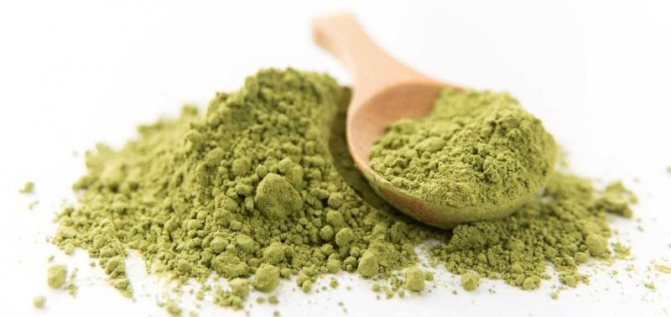

Paste for drawing can not be bought, and make it yourself. The benefits seem obvious - saving money, natural composition, but the disadvantages of homemade are more:
- Good materials for preparation - henna powder, essential oils, will cost even more than buying paste in cones. Do not save money - the reaction of the skin can be unpredictable;
- You can only store such a paste for 10-14 days.;
- complexity of preparationя. To make pasta really "working" it is important to observe all the proportions and to follow the technology, which can cause difficulties for beginners;
- The homemade pasta must be able to infuseя. Depending on the recipe - from 2 to 24 hours.
If this does not stop you, then prepare:
- 20 grams of henna powder. Brands that make excellent quality henna are Sahara Tazarin, Jamila;
- 2 lemons;
- 1 tsp. sugar;
- Any essential oil - 1 tsp.
Mehendi paste preparation:
- Squeeze out the juice of the lemons and pour 50 ml. of the entire volume into a glass or plastic container. Put the rest of the juice in the fridge;
- Stir all 20 grams of henna into the juice, bring to a smooth consistency, cover with clingfilm and leave to infuse for 12 hours at room temperature;
- After 12 hours, stir the paste and add the remaining lemon juice to make a consistency of thick sour cream;
- Add the oil to the henna, stir, cover with clingfilm and leave for another 12 hours.
The paste can then be used for painting.
Products for painting
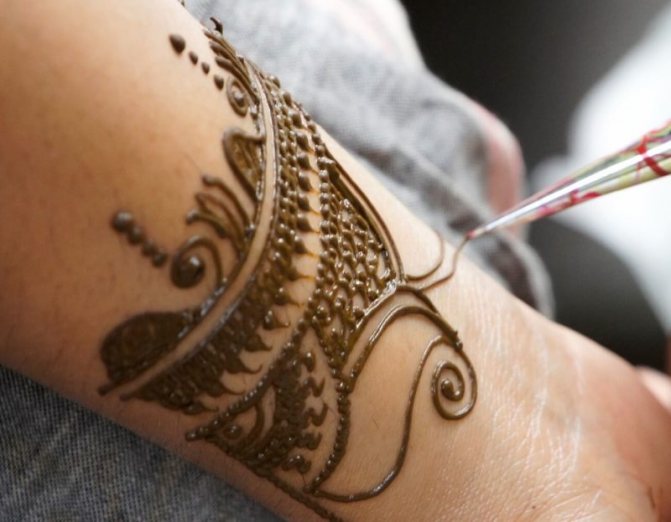

The main product for mehendi is henna, so here are a couple of tips on how to choose a natural dye.
- There is no natural green or red henna. If you are offered to buy colored henna, it means that dyes, preservatives and other chemicals have been used in the production. You can draw with such a product, but the risk of an allergic reaction in this case increases significantly;
- The shelf life of a natural product for painting does not exceed 12 months, and after 3 gradually begin to lose the coloring properties. The "fresher" the paste, the brighter the drawing will be;
- packaging. Examine the henna cone, touch it. Try to put pressure on it. Good quality and timing henna will not let you squeeze and bend the cone.
Golecha
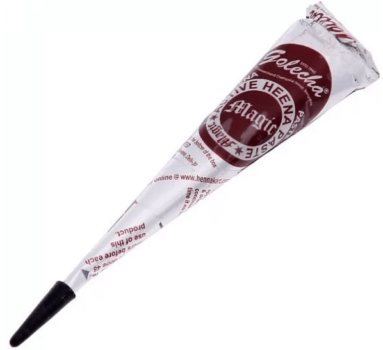

Paste in cones from this manufacturer is available in all specialty stores. In addition to natural brown henna, the brand offers colored henna - burgundy, black, and green.
The price for 1 tube varies from 50 to 180 rubles, depending on the seller.
From the same company you can buy mehendi oil. It contains clove and eucalyptus oil. The oil volume is 6 ml.
Price 100 - 150 rubles.
Kaveri .
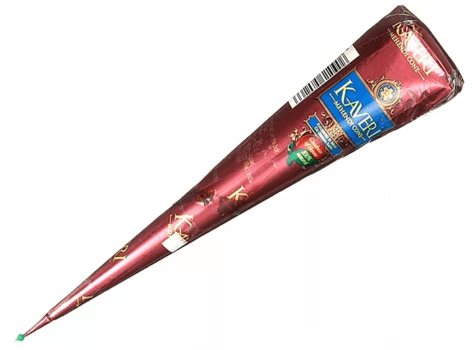

This brand is often used in beauty salons, as it has an all-natural composition. Because of its all-natural origin, the manufacturer recommends an allergy test at least 48 hours before painting.
The price per cone is 50 -200 rubles.
Some stores offer a set of 12 Kaveri cones. The price for a set is 190-300 rubles.
Sahara Tarazine
This manufacturer has already been mentioned when talking about cooking at home. Sahara Tarazine brand powder costs from 450 rubles per 100 grams.
Stencils .
There are no branded stencils on sale - each store offers its own sets without specifying the manufacturer. The price for 1 stencil is 50-70 rubles. For example, in the Mehendi-shop a palm stencil costs 70 rubles. The stencils can be used for temporary tattoos.
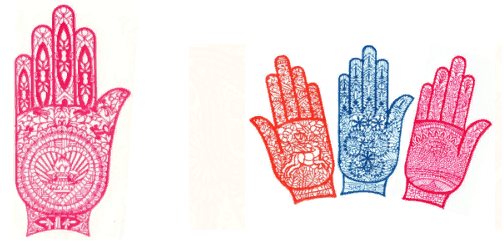

You can use stencils for temporary tattoos, but they are not quite classic oriental or Arabic, for example Irisk offers a lot of floral ornaments.
For a choice of stencils, you can refer to Aliexpress - there are many options.
Nikhar
The manufacturer offers an oil for mehendi. It is used to moisturize during wear and immediately after removal of the henna to fix the mehendi.
6 ml. - 100 rub.
Henna for tattoos
Henna is considered one of the safest substances, so don't worry - it won't do any harm to your body. Henna does not cause allergy and can be easily washed off if necessary.
Mehendi lasts on the skin from five days to 14 days, but it all depends on the area on which the drawing was made. If you apply henna to the legs, shoulders or back, such a tattoo will wash off faster - about 5-6 days. And if you choose exposed areas of skin that won't come into contact with clothing, your pattern will last you about two weeks.
